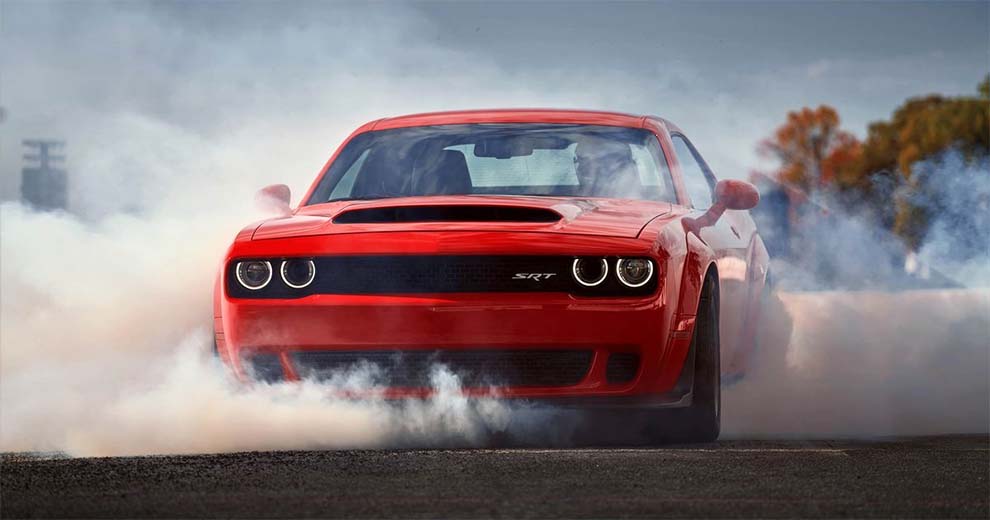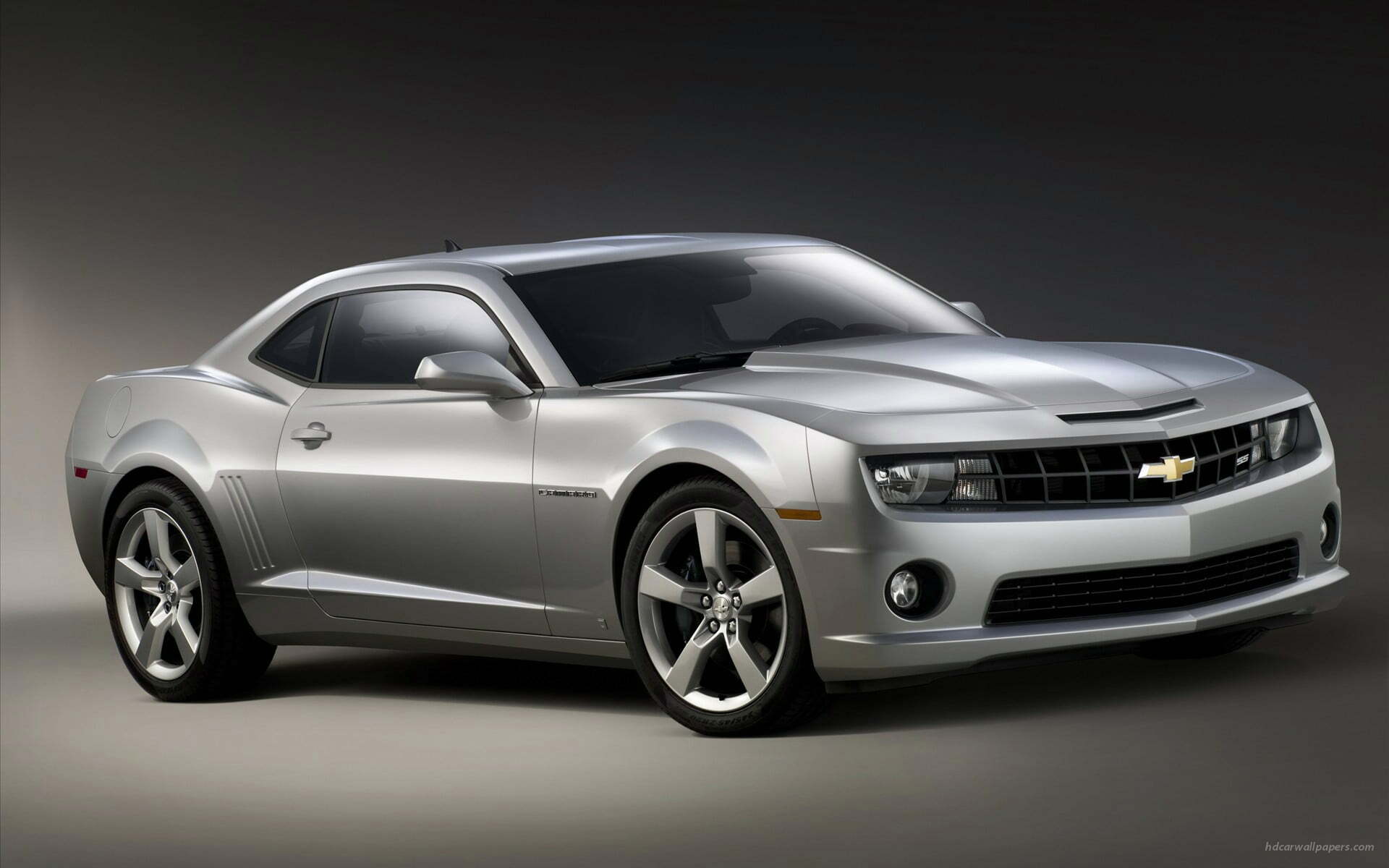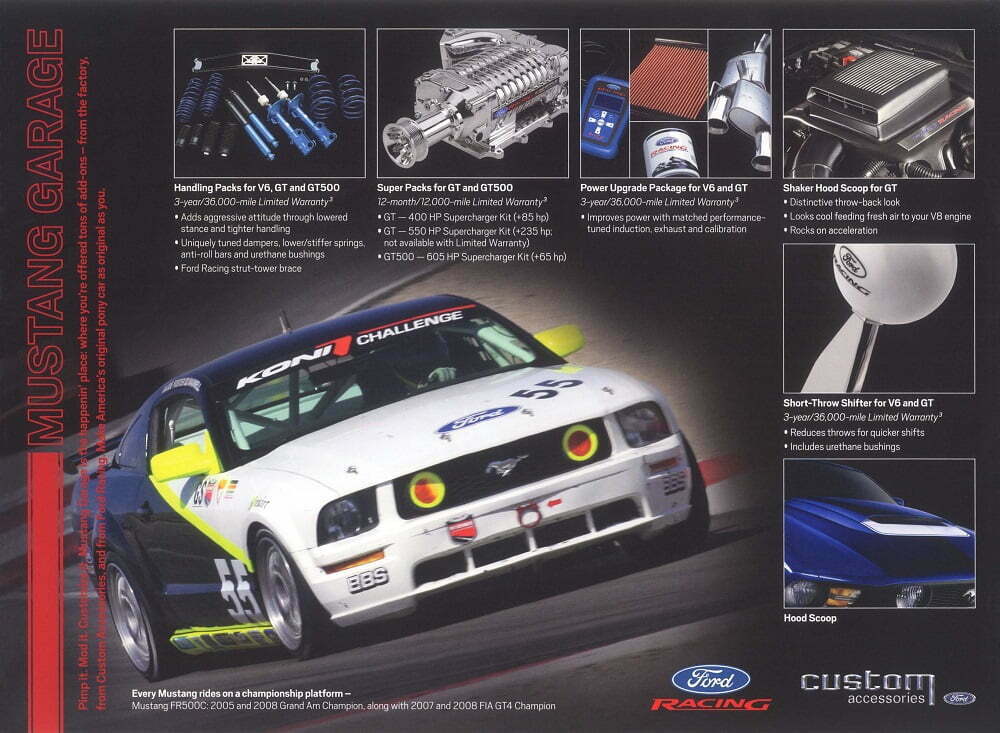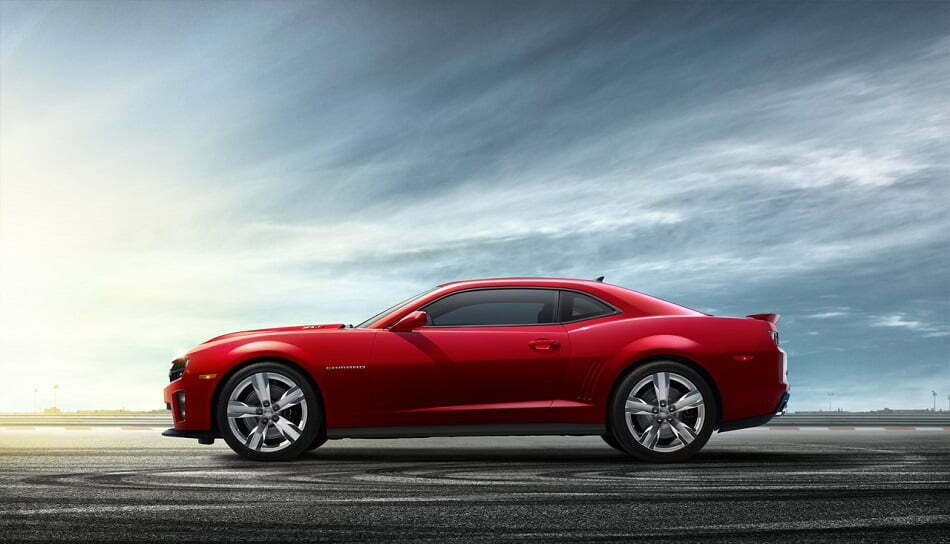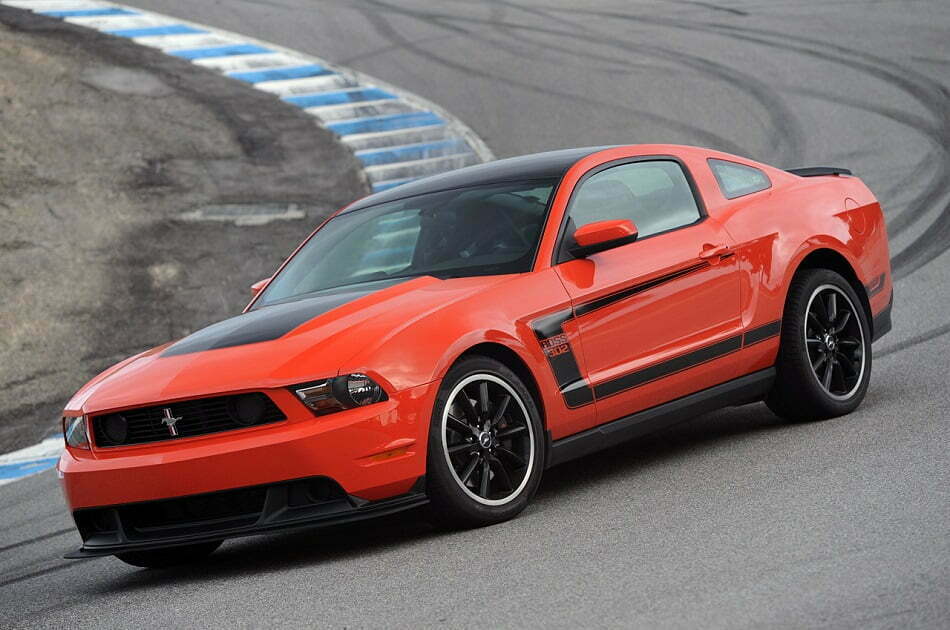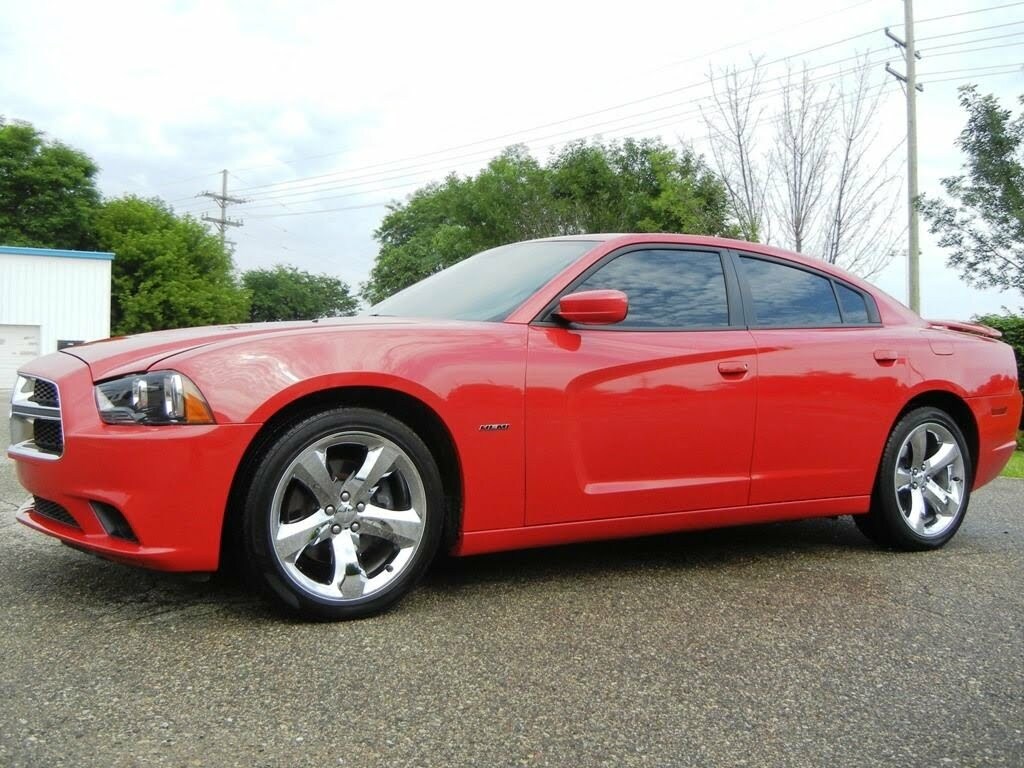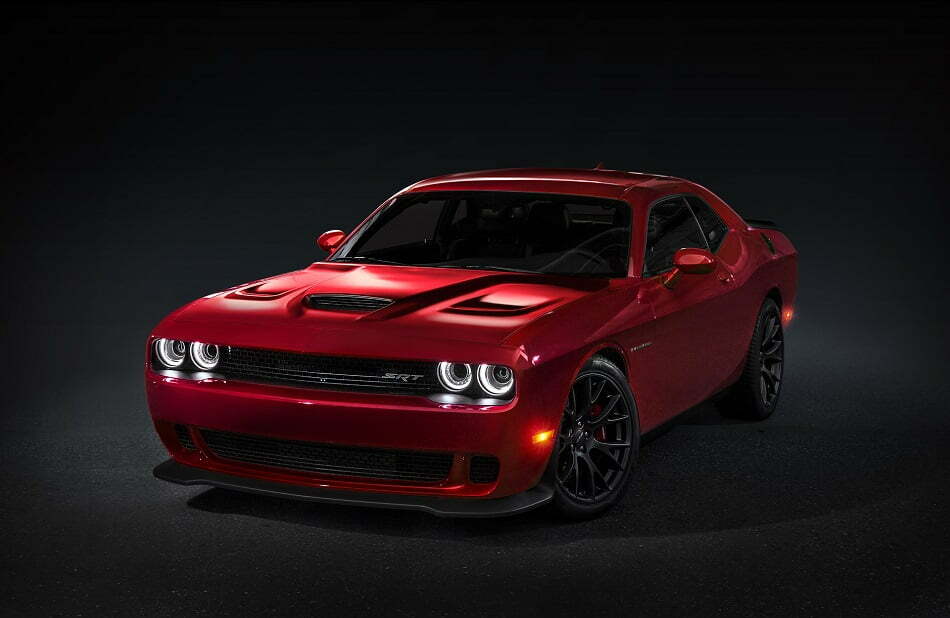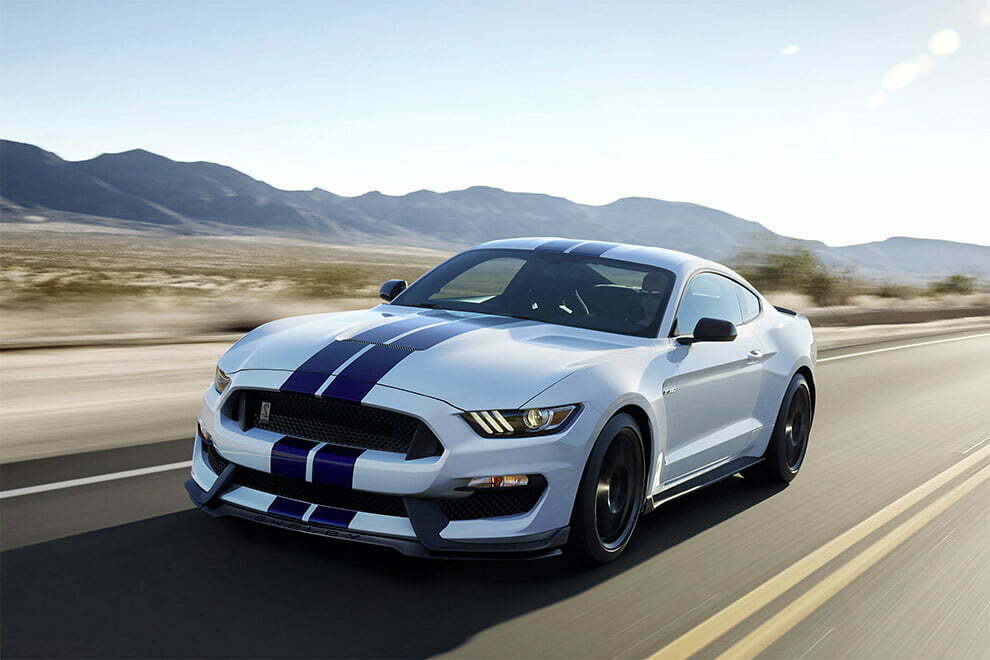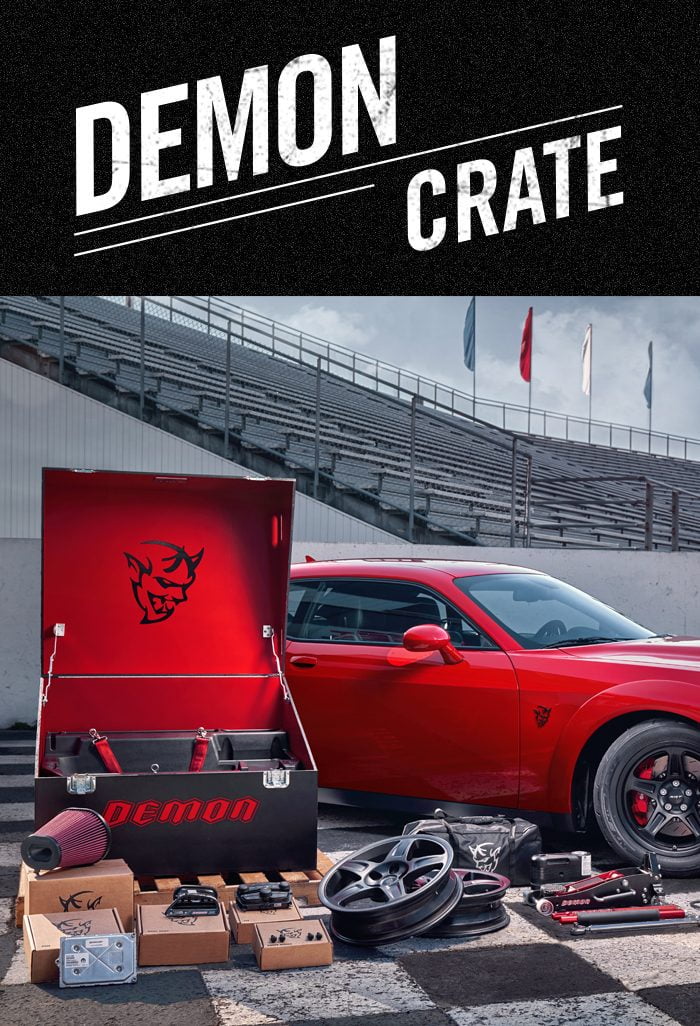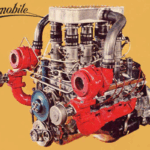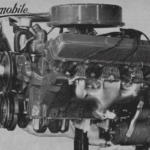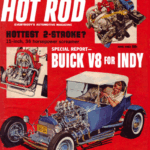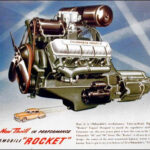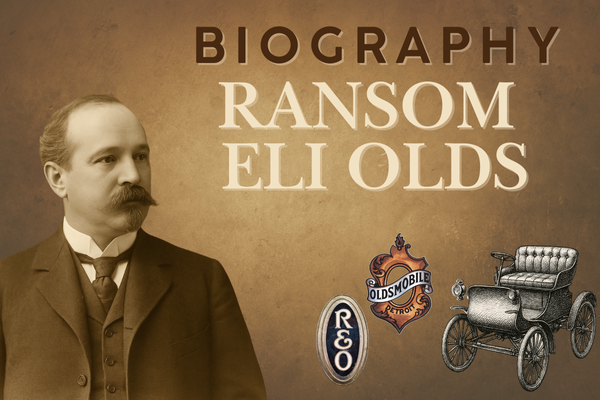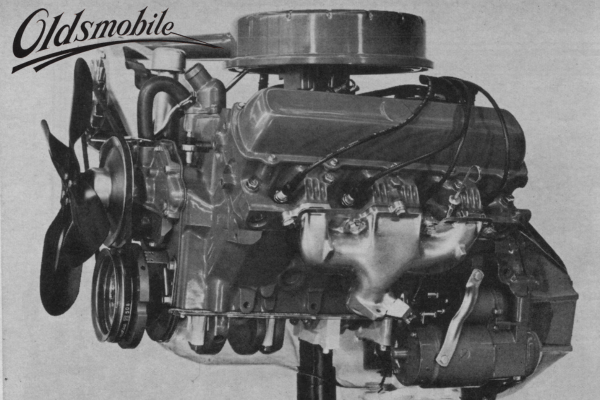All Hell is breaking loose!
When the first decade of the new millennium ended, the big three automakers – Ford, Chrysler, and GM had all shown their commitment to ever-increasing performance vehicles. Each company had at least one car capable of competing in international competition – The Ford GT, The Dodge Viper, and the Chevy Corvette.
Both Ford and Chrysler were producing versions of their retro–look “pony cars” that were strictly for the track – The Mustang FR500 series — and the drag strip – The Mustang FR500 Cobra Jet and Mopar Drag Pack SRT Challenger. As we started the next decade, an old friend was back —The Chevrolet Camaro.
After an absence of 8 years, GM released the new Camaro with a retro-inspired style evoking Camaros of the past. The 2010 Camaro SS was equipped with a 6.2L (378 cu.in.) LS7 engine rated at 426HP. Camaro rejoined the performance world. This matched the Dodge Challenger SRT/8 6.1 L Hemi with 425 HP. Mustang Shelby GT500 still had the edge with its 5.4L DOHC engine putting out 540 HP also,
Ford began offering FACTORY performance packages through Ford Racing. These included Handling packages for all model Mustangs and “SuperPaks” for GT and Shelby models. The SuperPaks were supercharger packages that increased horsepower to 400 or 500 for the GT and an awesome 605 HP for the Shelby models. Ford was not kidding around!
2011—There’s no substitute for cubic inches –
Harkening back to the 60’s, the manufacturers realized that they could increase horsepower by increasing the size of the engines. That’s exactly what they did !
Ford – upped the standard Mustang GT engine from 4.6L to 5.0 with 412 HP
Dodge — upped their Hemi to 392 cu.in. (6.4L) 470HP in the Challenger and Charger SRT lines
Camaro – stood pat with their 6.2L 426HP motor standard in the Camaro SS
2012 – Bringing back some old friends
After seeing what Ford and Chrysler did in 2011, Chevy took a page from their past and introduced a modern version of their legendary ZL1. The new Camaro ZL1 featured an all aluminum 6.2 L supercharged and intercooled engine producing 580 HP. Special Performance Traction Management system gave the Zl1 five controlled traction settings for road and track conditions. The rest of the Zl1 was strengthened and upgraded for the power of the car.
Ford also went back to the past with the reintroduction of the “Boss 302” version of the Mustang GT. By modifying the cylinder heads and cams, the engineering upped the standard GT’s 5.0L engine’s 412 HP to 444HP. To further improve the car, special handling and brake packages were made standard.
2013 – Taking it to the streets
The performance program at Ford continued to build on the success of the FR500 series and Cobra Jet cars. For 2013, they offered three Mustangs to the performance crowd—The standard GT with the 5.0L now putting out 420 HP; a “Boss 302” version with 444HP and the top of the line Shelby GT500 with an incredible 650HP! Game on!
Never one to shy from performance, Chevrolet also put three models of their Camaro in the performance track. The SS version had the 6.4L 426 HP LSX engine, but the newly released 1LE option gave road track level handling. The last Camaro was the “killer” ZL1 all aluminum version of the 6.2L engine with a supercharger for a neck snapping 580 HP.
Dodge offered several models to compete with Ford and Chevy. The standard Challenger R/T with the 5.7L Hemi at 375 HP and the Challenger R/T SRT with the 392 cu.in. Hemi packing 470 HP. Dodge also offered these engines in their larger 4-door Dodge Charger. This car was perfect for those who wanted something roomier than a “pony car” but with the same power and performance.
2014 – New models/old names
Chevy released a modern version of the fabled Z/28 option with a naturally aspirated 427 cu.in. LS7 engine making 500 HP. The Camaro SS and LT1 remained the same .To compete with the successful Dodge Charger, Chevy took another Holden –based vehicle and equipped it with the LS3 6.2L small block making 415 HP. Called the Chevy SS.
The Shelby Mustang GT500 got a few more horses in 2014 to 662 HP from the supercharged 5.8L DOHC engine. This would be the final year for the GT500 for a while.
Dodge also brought back nostalgic models with the Charger Super Bee – this used the 392 Cu.in. Hemi at 470 HP. All other models were updated with new colors and interior options.
2015 — Hell comes to town
The horsepower increases from 2010 to 2015 were from 425 HP to 662Hp for the top of the line versions of the performance cars. These were the Shelby Mustangs, the ZL1 Camaros and SRT Hemi Challengers and Chargers. For 2015, Chrysler unleashed the most powerful American production car EVER. This new Dodge Challenger model had a supercharged version of the 6.2L Hemi producing an incredible 707 HP.
They named this monster the Hellcat !! The Hellcat came with a Viper inspired aluminum hood with functional scoop flanked by a set of functional air extractors. Owners were given two different key fobs. The black key fob restricted the engine to a mere (?) 500 HP while the red key fob unleashed the full 707 HP. The Hellcat 707 hp drive train was available in the Dodge Charger as well. This made Dodge the king of the road !
2016 – Ford goes small (block) but come up big –
Over at Ford, the new Mustang GT350 replaced the GT500. This Shelby utilized a 5.2L “Coyote” style 4-valve V8 engine – now called the “Voodoo V8” – with a “flat plane” crankshaft. The crankshaft gave the GT350 a distinctive exhaust sound (due to the firing pulses) and raised the horsepower to 526. The newly restyled GT Mustang now had 435 HP from its 5.0L mill.
Dodge stood pat – with the SRT Hemi Challenger/Charger and the awesome Hellcat. They again dipped into the past and had a special “shaker hood scoop” option for the Challenger.
2017 – Things just keep getting better –
Let us not ignore the amazing advancement made in suspensions, brakes, transmissions and integrated traction controls. Unlike the 60’s where horsepower was added to stock suspensions and (gasp !) drum brakes, all of the manufactures were deliberate in matching the power of their engines with the ride, handling, braking and “smart” suspension tuning.
We also saw the factories offering “line loc” controls for quick launches, multiple suspension settings for various track conditions and massive 4-wheel disc brake systems to haul down these road rockets.
Every year that we have examined in the factory brochures were filled with factory power and handling options. Tack suspensions, superchargers and wheels and tires were all there for the enthusiast to improve the handling or power of their ride. If you are a performance enthusiast, this is truly the best of times!
2018 – Hell hath no fury . . . .
Just when we thought that the Hellcat was the most powerful American car EVER – Dodge goes and builds the SRT Challenger Demon ! It’s powered by a Supercharged 6.2L HEMI® SRT Demon V8 engine putting out an astounding 880 HP and armed with a functional Air-Grabber™ hood scoop and Torque Reserve Launch System The Challenger SRT® Demon is equipped with 315/40R18 Nitto NT05R™ drag radial tires.
This car is sold with the “Demon Crate”. The crate is loaded with all the equipment needed for the drag strip. Included are a hydraulic floor jack, a cordless impact wrench with charger, a torque wrench and more. This car is designed for the track !
While the car is street legal – it is designed for the drag strip –which leads us to backtrack a bit and see what was going on with the “race only” cars from Ford, Chevy and Dodge.
2012 – 2017: Meanwhile on the track . . .
For 2012, Ford racing released the 3rd issue of the SVT Cobra Jet Mustang. Following on the success of the initial CJ in 2008 and the 2nd version in 2010, the 2012 CJ features a 5.4L DOHC supercharged engine with a choice of a 2.3L TVS supercharger (430HP) or a 4.0L ford Racing Whipple supercharger (500HP).
Chevrolet jumped into the race-only game with special race Camaros nostalgically called “COPO” Camaros in honor of the legendary 1969 427 COPO Camaros. These new COPO Camaros offered 3 NHRA Certified models form a 550 HP supercharged 4.0 (327 cu.in.) LSX to a 427 cu.in. 425 HP LS7 model.
Based on their successful 2010 Challenger Drag Pak cars, powered by the 6.4 L Hemi engine, Dodge pulled out the Viper V10 500 cu.in.+ engine for the 2012 version of Drag Pak.
These manufacturers were all aiming at the NHRA Sportsman series. The factories waged war all through this decade. Here are some examples of the battles
Chevy’s COPO Camaro – was based around the LS family of engines. Beginning in 2012 with the supercharged 327 cu.in. LSX and naturally aspirated 427 cu.in. LS7 churning out between 425 hp (for the LS7) to 550 HP for the 4.0 L supercharger on the LSX 327.
For 2013 they added naturally aspirated 350 cu.in. LSX engines to the LS7 with horsepower from 350 for the 350 to 435 for the 427 cu.in. LS7 to a bored out LSX (396 cu.in.) at 500 HP. In 2015 they added a supercharged version of the LSX 350 with 530HP to their lineup. And in 2016, the 6.2L LSX engine making 430 HP rounded out the squad. The Chevy COPO Camaro was aimed at the broadest number of sportsman classed in the NHRA.
Ford Performance built 50-car batches of the Mustang Cobra Jet in 2008, 2010, 2012, 2013, 2014, and 2016 seasons. The cars are based on the Mustang GT’s 5.0 L with twin independent variable cam timing (TiVCT); and a Ford Performance Whipple 2.9L Supercharger. Horsepower figures range from 500 to 650.
The Dodge Challenger Drag Pak cars had naturally aspirated engines – either the Viper V10 or one of the Hemi V8’s – the 5.4L or 392 cu.in. version. By 2016, Challenger Drag Pak introduced a new supercharged engine package, The supercharged engine uses a cast iron block with an aluminum cylinder head, a forged steel crankshaft, and a special calibration; and has the historic 354 cubic inch displacement. Thanks to a Whipple supercharger, this 5.7L Hemi is the more powerful (and quicker) of the two factory-built Challenger drag cars.
Where are we going?
For the performance enthusiast – things could not be better. All three American manufacturers are producing some fantastic cars for street and/or track. Better engines, suspensions, brakes and handling are all part of the deal. One very important fact from all this activity is that the base model cars—those with V6 power – share in the handling and brake departments and make more power than the V8’s of the 60’s . . .You can get a V6 Mustang that will outperform most of the “muscle cars” of that era. So stay tuned—as we update the chronicles in a few years.. who knows where this will go


